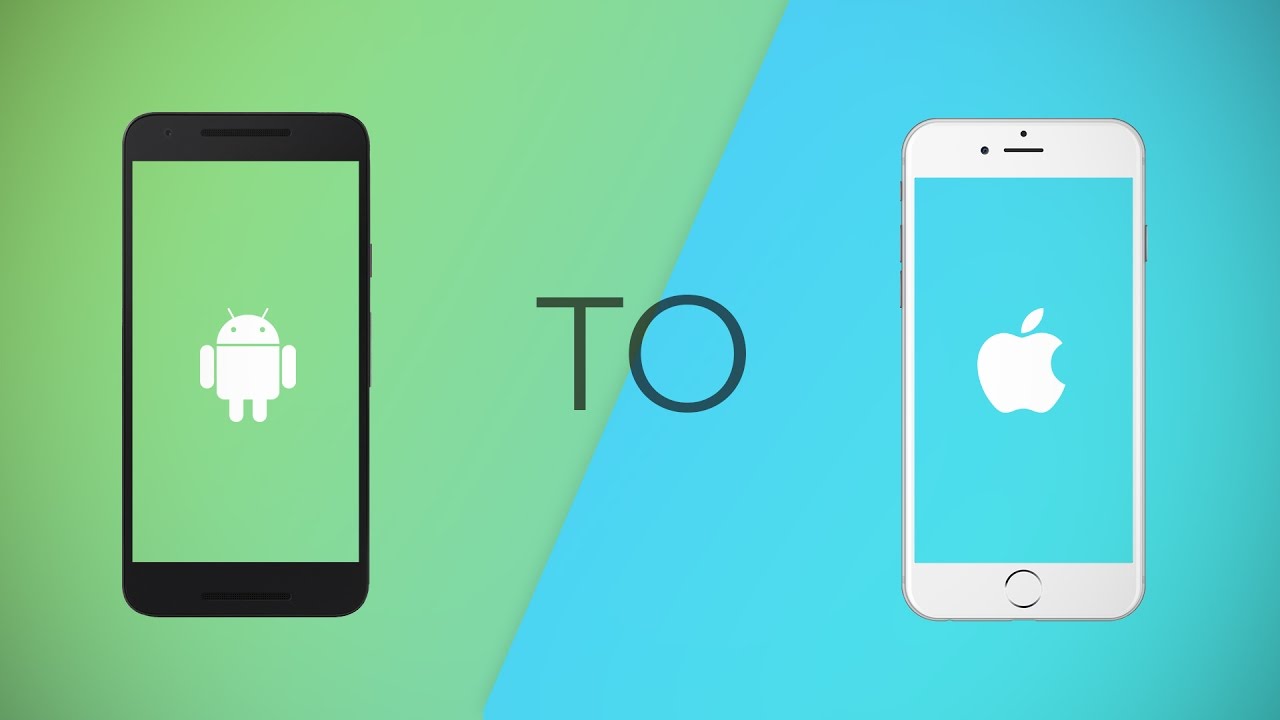Smartphones in their use have always had a strong multimedia component, therefore devoted to the production of content and consequently to their sharing. In this article, we will explore all the available ways to exchange files and photos between two smartphones, with and without using the Internet.
Transfer files between mobile phones via messaging apps
If you have an internet connection on both phones, it’s very easy to exchange files, just use one of the messaging apps. WhatsApp and Telegram now allow sending any type of file via message. We have often already installed them on our terminals, so we can avoid installing additional apps to exchange files and photos between two phones.
For WhatsApp there are limits that vary with the platform, 128 MB maximum size with iOS, 100 MB from Android and 60 from WhatsApp Web. There is the fact that taking into consideration the fact that sending photos with WhatsApp causes a loss of quality of the photos received as they are resized and compressed.
Telegram allows sharing on every platform and has a very high limit, you can send files as large as 1.5 GB, also you have the advantage of sending photos with Telegram maintaining the quality of the original one.
The procedure to exchange a file with WhatsApp or Telegram is very similar, in both cases …
- You need to open the app;
- Go to the chat that we started with the person we want to send the file to;
- Press on the paper clip icon;
- Choose the file type and finally the file.
There are other apps that allow the exchange of large files over the network …
- Fast File Transfer: allows simple transfer of files of any kind, once the link is created via app (for Android), the download can be performed easily from any device connected to the Internet.
- FotoSwipe: is an app dedicated to the simple transfer of photos and videos, available for iOS.

Use Bluetooth to transfer files between two phones (no Internet needed)
This is the most common way to exchange files locally between two phones when you do not have an Internet connection.
Data exchange via Bluetooth is not exactly fast, so it is not a good way to pass large files (for that it is better to use WiFi Direct).
Passing files via Bluetooth is not difficult, the procedure is quite similar on every phone, you need to …
- Activate Bluetooth on both devices (make sure the second one is detectable, often there is a specific option);
- Associate the devices (usually just press on the device name) and accept the association in the second when the notification arrives;
- At this point you can select the file and share it via the sharing menu. On Android the most convenient method is to use a good file manager;
- On the receiving device the file must be accepted;
- At that point the exchange will start.
During the procedure the phones cannot be moved too far (no more than 10 meters).
How to transfer data between two smartphones via WiFi direct (no Internet connection required)
The WiFi Direct is a significantly faster transmission technology of Bluetooth. The name WiFi could suggest the need for the Internet to exchange data, but in reality WiFi Direct creates a direct bridge between two devices even if they are not connected to the network.
The most practical method we know to use WiFi Direct is the handy Send Anywhere app that is available for free on Play Store and App Store. If you often exchange multimedia files with your friends and don’t want to use the data connection, we advise you to keep this app installed.
Its use is simple, after installation to exchange a file is enough …
- Make sure the app is installed on both devices (sending and receiving);
- On the starting mobile phone select the photos or files to send;
- The app will create a 6-digit PIN code (or a QR code), which will be inserted in the receiving device to start the exchange of the files and photos that were selected.
The app also works for transferring files to and from a PC. When exchanging files it is not advisable to go too far to prevent the transfer from failing.


